Do you want to live forever?




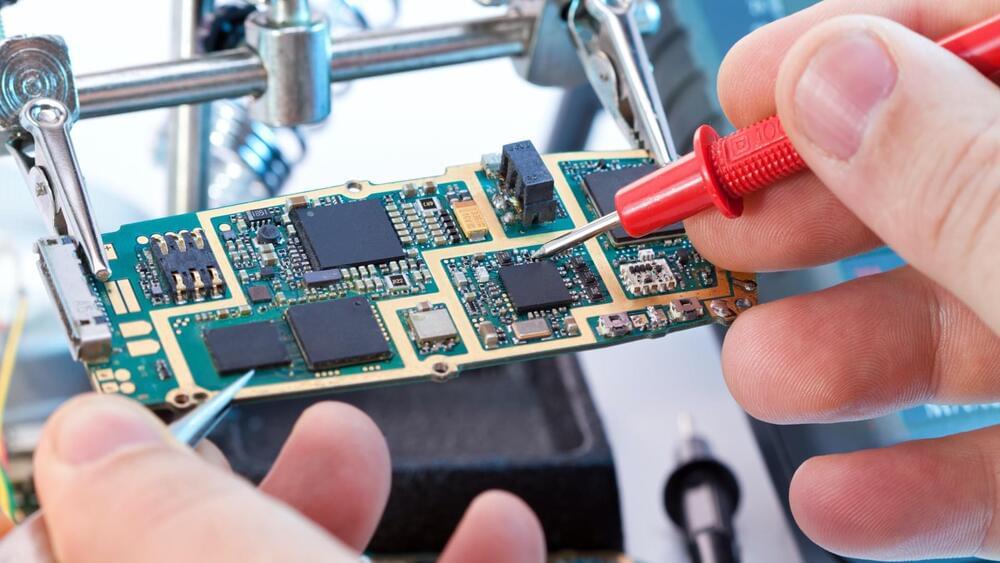
The Asian superpower has introduced its first homegrown Lower Power Double Data Rate 5 (LPDDR5) chip for smartphones.
Avalon_Studio/iStock.
ChangXin Memory Technologies (CXMT) announced the LPDDR5 chip, a next-generation memory technology initially introduced by Samsung Electronics in 2018, in a press release.
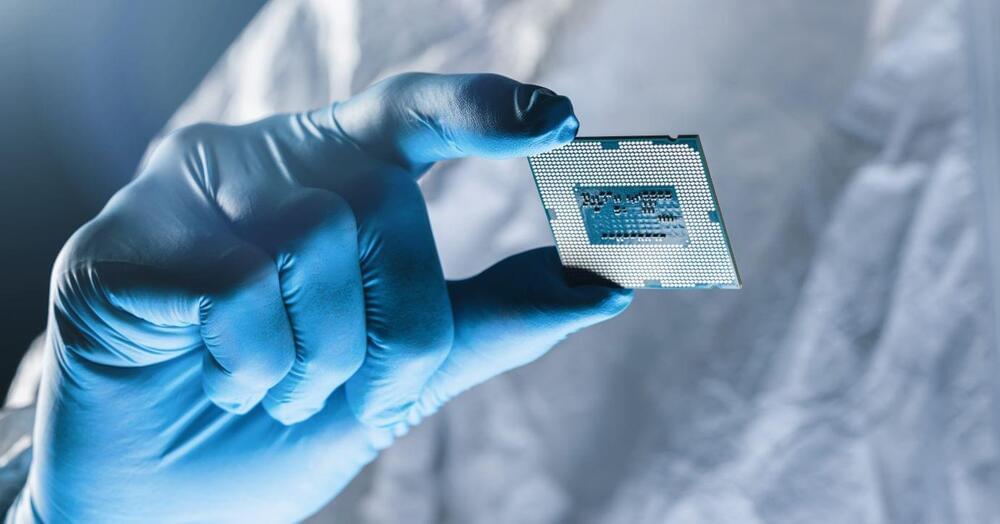
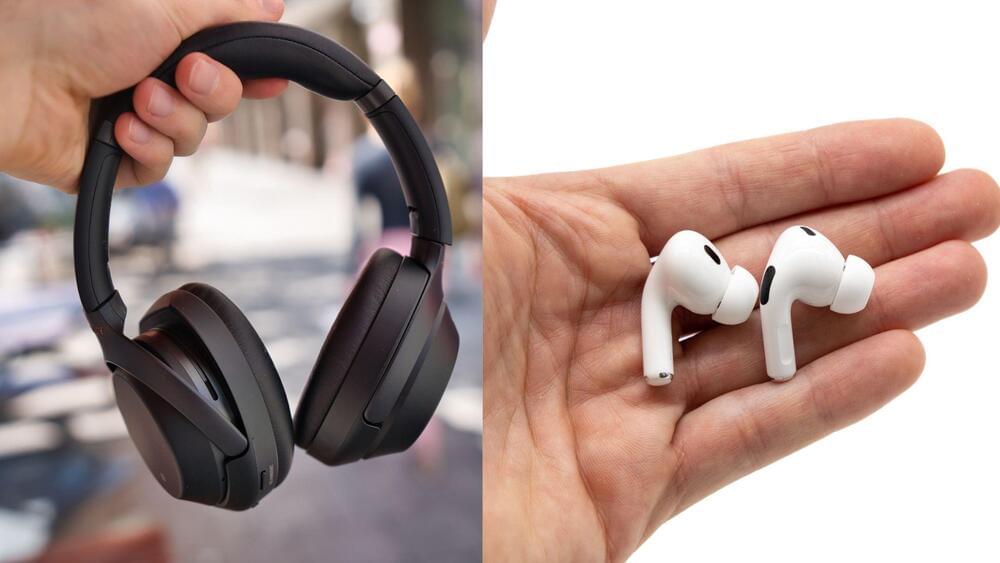
Noise-canceling headphones are designed to block out the ambient noise and let you focus on what you want to hear.
Wirestock, photoschmidt via iStock.
This feature used to be a niche product for a select group of users, primarily frequent air travelers. But now, with technology being more affordable, it has become more vividly seen in many of the current market offerings. Take Apple’s AirPods Pro or AirPods Max, for example, or Sony’s WH 1,000 XM5 or WF 1,000 XM5 series or, say, the Bose Quite Comfort series. There are many options, from affordable to expensive ones, and the ANC performance varies across the price range.
Remember back before smartphones existed, when you had to buy a separate cell phone, camera, music player, calculator and calendar? Well, the Utility Personal Transporter may one day do for electric vehicles what smartphones did for gadgets.
Currently in functional prototype form, the Utility Personal Transporter (UPT) is being developed by Canadian electric mobility company Envo Drive Systems. In a nutshell, it’s a four-wheel-drive electric platform that can be adapted to serve multiple purposes.
Envo unveiled the vehicle to the media last Friday, at an event that also showcased the new Veemo velomobile. That said, the UPT more closely resembles one of the company’s longer-established products, the e-ATV.
Telecommunication goes back a lot further than you might expect. While the word has become synonymous with television broadcasting and phone communication, it really describes any communication system over a distance, and could include smoke signals. These simple signals were used to convey messages from “the enemy is approaching” to the fact that a whale has beached itself and can be butchered for meat.
While some ancient cultures varied smoke colors to convey further information, there’s only so much you can get across with a big fire. One particularly cool ancient version of telecommunication, which aimed to convey more precise meanings, was the hydraulic telegraph, used in Ancient Greece in around 350 BCE.
The idea – thought to have been invented by Aeneas of Stymphalus, a writer on the military at the time – was simple, but neat. Each person you want to communicate with is given a jar of the same size, filled with the same amount of water. Inside the jar is a floating rod, on which was inscribed identical messages that are useful to pass along.
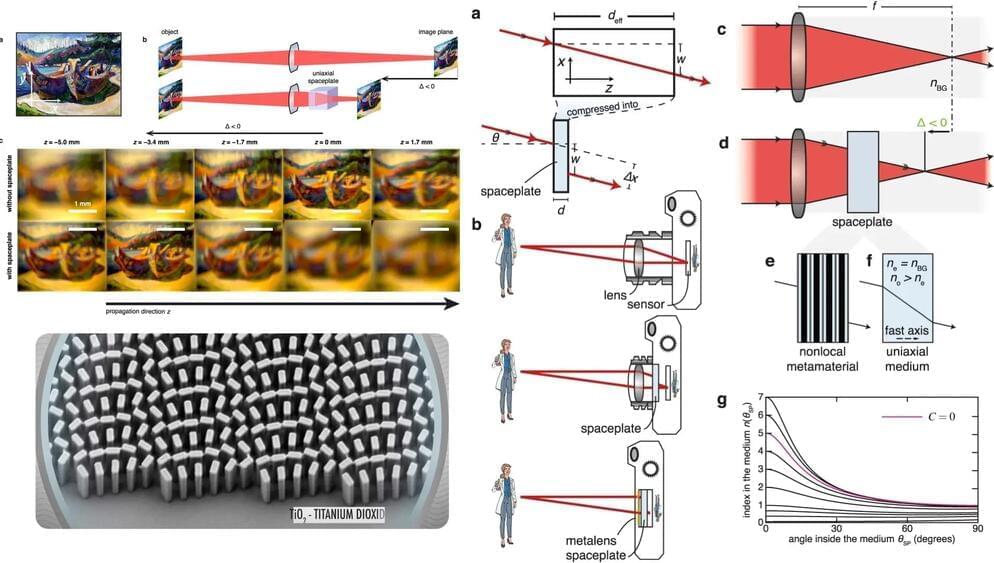
Are you ready for a cell phone with a medium-format-sized sensor?
It’s science time. New research tells us how, with the help of metalenses and spaceplates, we don’t need conventional lenses anymore. Furthermore, that will allow manufacturers to develop tiny cameras with bigger sensors. Read the highlights of the research below.
New research has found a solution for reducing the size of cameras, by combining both metalenses and spaceplates. That combination allows a significant reduction of the glass and the length from the camera sensor. The result can be a lens-free camera and a bigger sensor. Furthermore, it’s a whole new approach for how light can be focused, and utilized, that can result in manufacturing facilitation of both cameras and lenses.
Adding a spaceplate to an imaging system such as a standard camera will shorten the camera. An ultra-thin monolithic imaging system can be formed by integrating a metalens and a spaceplate directly on a sensor.
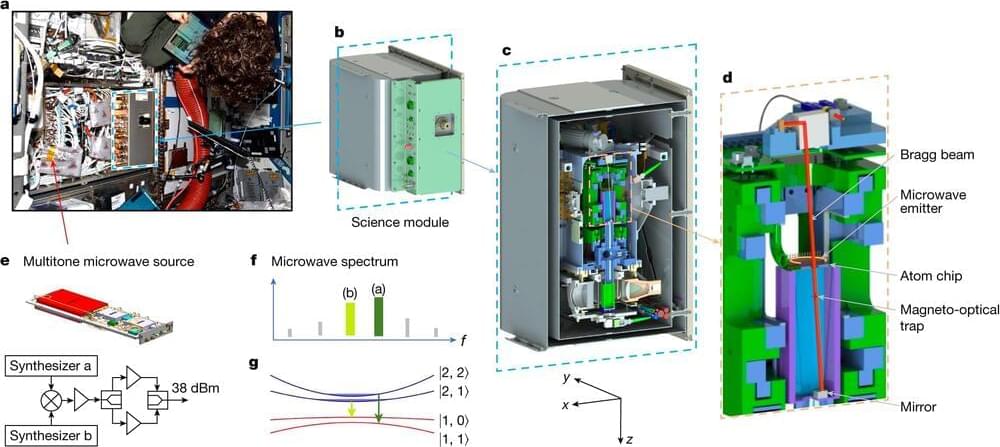
For the first time in space, scientists have produced a mixture of two quantum gases made of two types of atoms. Accomplished with NASA’s Cold Atom Laboratory aboard the International Space Station, the achievement marks another step toward bringing quantum technologies currently available only on Earth into space.
Physicists at Leibniz University Hannover (LUH), part of a collaboration led by Prof. Nicholas Bigelow, University of Rochester, provided the theoretical calculations necessary for this achievement. While quantum tools are already used in everything from cell phones to GPS to medical devices, in the future, quantum tools could be used to enhance the study of planets, including our own, as well as to help solve mysteries of the universe and deepen our understanding of the fundamental laws of nature.
The new work, performed remotely by scientists on Earth, is described in Nature.